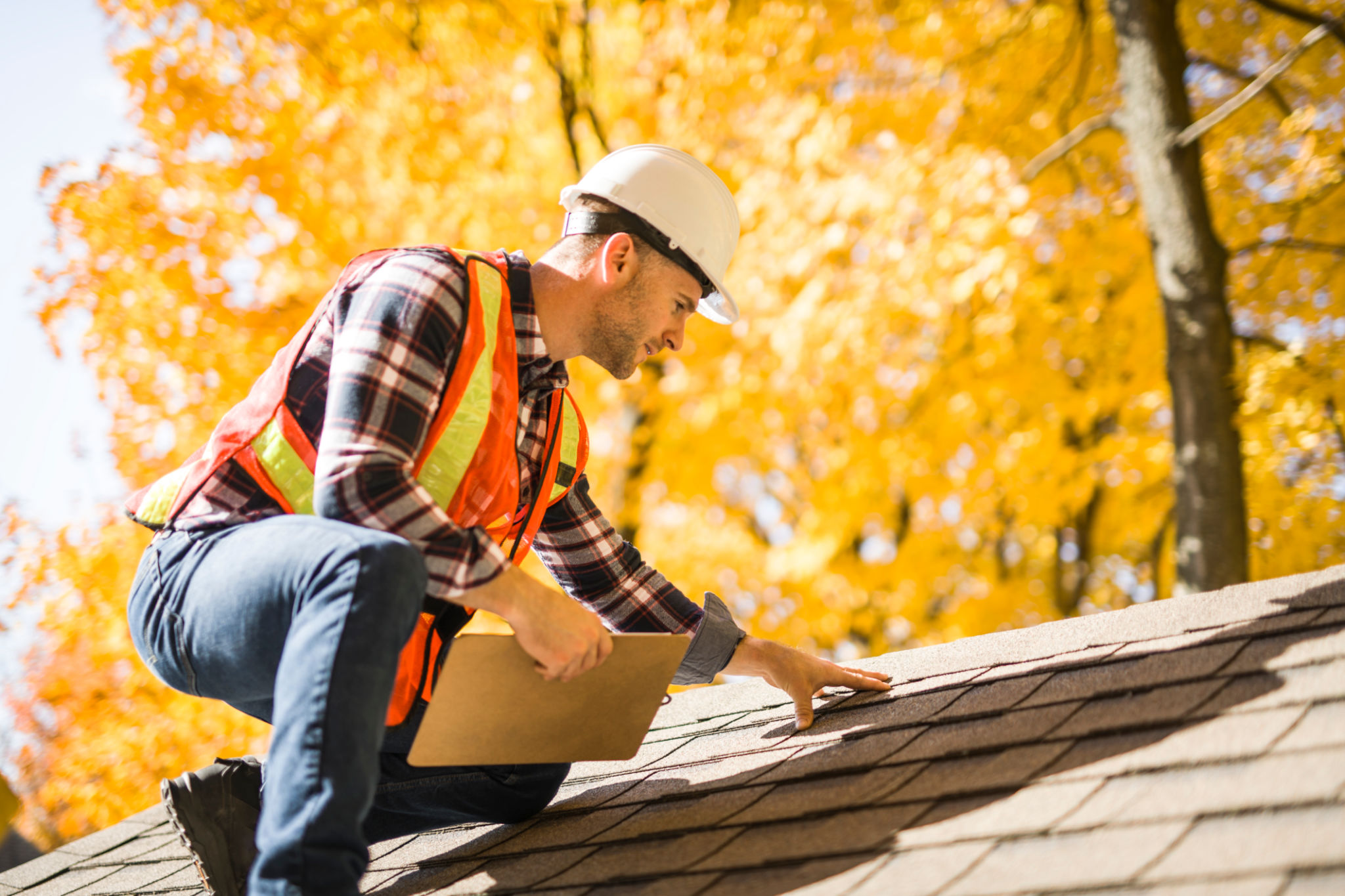Preparing Your Cold Formed Building for Seasonal Changes in Texas
Understanding Cold Formed Buildings
Cold formed buildings are particularly popular in Texas due to their strength, versatility, and cost-effectiveness. These structures are created by shaping steel at room temperature, resulting in a lightweight yet durable framework suitable for various applications. However, the unique weather patterns in Texas, from scorching summers to sudden winter chills, demand that these buildings be adequately prepared for seasonal changes.
Preparing your cold formed building for these environmental shifts is essential to maintain its integrity and longevity. Regular maintenance and timely inspections can help prevent potential damage and ensure the structure remains in optimal condition throughout the year.

Inspect and Maintain the Roof
The roof is one of the most vulnerable parts of any building, especially when facing extreme weather. For cold formed buildings, regular roof inspections are crucial. Look for signs of wear and tear, such as rust spots, loose screws, or damaged panels. Addressing these issues early can prevent leaks and other serious problems.
Consider applying a protective coating to the roof to guard against harsh sunlight and heavy rains. A reflective coating can also help reduce heat absorption, keeping the interior of the building cooler during Texas's hot summer months.

Ensure Proper Insulation
Insulation plays a vital role in maintaining a comfortable interior environment within your cold formed building. Proper insulation helps regulate temperature, reducing energy costs and enhancing comfort. Check existing insulation for any signs of damage, such as moisture build-up or compression.
If necessary, upgrade the insulation to more efficient materials that offer better thermal resistance. This can be especially beneficial during winter months when the temperatures drop significantly at night.
Protect Against Moisture
Moisture infiltration can be a significant concern for cold formed buildings, as it can lead to corrosion of the steel components. Ensure that all joints and seams are properly sealed to prevent water ingress. Regularly check for any signs of corrosion and address them immediately to prevent further damage.
Installing a vapor barrier can also help protect against moisture accumulation within the walls. This is particularly important in regions prone to high humidity levels.

Seasonal Landscaping Considerations
The surrounding landscape can impact the durability of your building, especially during seasonal changes. Ensure that drainage systems are clear and functional to prevent water pooling around the foundation. Trim nearby trees and shrubs to minimize debris accumulation on the roof during storms.
Consider implementing a landscaping plan that promotes proper water runoff and reduces erosion around the building site. This can help maintain the stability of your structure's foundation over time.
Regularly Review Safety Measures
Safety should always be a top priority when managing any building. Conduct regular safety audits to ensure that all emergency exits, lighting, and fire suppression systems are functioning correctly. This is especially important before severe weather events, which may necessitate quick evacuations or emergency responses.
By keeping these safety measures up-to-date, you can provide peace of mind for anyone using the building while ensuring compliance with local regulations.
In conclusion, preparing your cold formed building for seasonal changes in Texas involves a comprehensive approach that includes regular inspections, maintenance, and upgrades where necessary. By taking proactive measures, you can extend the lifespan of your structure and ensure it remains a safe and reliable space year-round.
